My friend who has lived in Norway for more than 20 years, came back to Nha Trang this time, after dinner at Louisiane, conveniently went to Vincom Plaza nearby to buy a whole list of things. He was surprised: "Tran Phu Street now plays the role of a commercial street. In the past, the only places to buy these things were Thong Nhat Street and Dam Market."
From Route ColonnialeNo1
Like him, many people who have been away from Nha Trang for so many years often remember the Thong Nhat - Phan Boi Chau route, where there was the 7th Floor - the tallest building in Nha Trang, the Provincial Cultural House (former Tan Tan theater) where important events took place, and Dam Market - the largest commercial center... In general, this route used to be the most bustling place in the city.
 |
| Doc Lap Street (now Thong Nhat Street). On the left side of the street is Nha Trang Hotel, once the tallest hotel in Nha Trang. Photo: Internet |
Going back in time a bit, in the early 20th century, the main main route through Nha Trang was Colonial Road No. 1. This route ran from Ong Bo Bridge to Dua Bridge (built from 1908 to 1910), then down to Xuong Huan, crossing Cai River by ferry in Xom Con (the south bank of the ferry terminal near Lau Ong Nam, the north bank near the fishing port in Xom Bong) forming the main street for Nha Trang city. On the French map, Thong Nhat Street is still called Route Colonniale No. 1.
The new urban areas established by the French focused on "town" (commerce) more than "city" (administrative - military ), different from the old urban areas of our feudal period which often focused on "city" more than "town". The new urban area of Nha Trang at the beginning (in 1924) was completely different from Dien Khanh citadel in terms of its commercial aspect with the development of markets and streets. In particular, the Route Colonniale No1 - Rue Graffeuil (Thong Nhat - Phan Boi Chau today) not only played the role of the largest external traffic axis of the urban area but also created the crowded commercial areas in the beginning.
Route Colonniale No. 1 was later renamed Doc Lap, then Thong Nhat, and through many ups and downs remained the busiest commercial route in Nha Trang until the late 20th century.
Tran Phu Street changes
During that time, Avenue de la Plage (beach avenue) was still dreamily beautiful with a series of villas listening to the waves. In “Xu Tram Huong”, poet Quach Tan described: “Nha Trang city during the French colonial period was only one-third the size of the current city. The streets and houses of Vietnamese and Chinese people crowded from the train station to Dam market (formerly Nha Trang old market). The French lived along the coast, from the Embassy (formerly the Administrative Building) to the Grand Hotel”. Avenue de la Plage, later Duy Tan, then Tran Phu until the early 1990s, had many hotels, offices, dining areas, shops… but was still a rather peaceful scenic street.
This street was awakened when the 13-storey Nha Trang Lodge hotel was built (in 1996), replacing the city's tallest building, Nha Trang Hotel (7th Floor). After that, a series of international hotels: Novotel, Sheraton, Best Western, InterContinental... were built on this street. After the Lodge, Tran Phu street now has nearly 20 buildings of 40 floors or more (it's hard to count the 30-40-storey buildings). From a street of villas, Tran Phu has become a high-rise street. At night, the whole street is brightly lit by the lights of a series of hotels, restaurants, shopping malls, convenience stores, night markets... Among them, there are modern shopping centers such as: Nha Trang Center, A&B Central Square, Vicom plaza...
In the past, people often went down Tran Phu Street to walk around and sightsee… Now, it is not only for sightsee, but also for eating, shopping, attending events… The most beautiful street in the city has not only changed greatly in terms of landscape and architecture, but also formed a new service and commercial axis.
Pull the “edge” to the center
Many years ago, the elderly near Hon Chong often said "go to Nha Trang" which means going to the city center. Similarly, people who have lived for many years in Chut also often say "go to Nha Trang". The driver of a motorbike taxi at Binh Tan market said: "In the past, I drove from Cau Da to Dam market but wrote the route name: Cau Da - Nha Trang, because everyone said it was going to Nha Trang". Before 2000, Nha Trang's inner city was often imagined as limited from the sea up to Le Hong Phong street and the southern bank of Cai river to the edge of the old airport. Outside that area, it was considered... "the outskirts".
 |
| Tran Phu Street, Nha Trang City. Photo: VUONG MANH CUONG |
By 2002, when Tran Phu bridge crossed Cai river, extending the coastal road to the North (becoming Pham Van Dong street), crossing Vinh Luong pass, connecting to National Highway 1. Tran Phu - Pham Van Dong road axis became an important external traffic axis running through the North - South direction of the city, making the traffic density on this road during rush hour among the busiest. The road pulls the "edges" into the center. And from the center, bustling neighborhoods spill out to the "edges". High-class hotels along "Tran Phu 2" - Pham Van Dong street spill out to the foot of Co Tien mountain. Now, not many people in Hon Chong say "go to Nha Trang" anymore. In the opposite direction, people in Chut also do not say "go to Nha Trang" anymore, because it feels like they are already in the heart of the city.
3 changes create a new face of Nha Trang
If Vinpearl Land and Hon Tam Tourist Area (both established in 2006) along with many other beach resorts create a big change for Nha Trang on the sea, Tran Phu Street is the bridge connecting the shore with those tourist areas.
If we choose the notable changes of Nha Trang in the first 24 years of the 21st century, there are 3 changes that many people cannot ignore: Tran Phu Street has transformed; the city center has expanded; and coastal tourist areas have been born. These are 3 changes that have created a new face of Nha Trang.
NGUYEN VINH XUONG
Source



![[Photo] Journalists moved to tears at the Memorial Service for the soldiers who died in Gac Ma](https://vphoto.vietnam.vn/thumb/1200x675/vietnam/resource/IMAGE/2025/5/30/9454613a55c54c16bf8c0efa51883456)
![[Photo] National Conference "100 years of Vietnamese Revolutionary Press accompanying the glorious cause of the Party and the nation"](https://vphoto.vietnam.vn/thumb/1200x675/vietnam/resource/IMAGE/2025/5/30/1cf6cd5c8a934ebfa347028dcb08358c)
![[Photo] General Secretary To Lam receives Chief of the Central Office of the Lao People's Revolutionary Party](https://vphoto.vietnam.vn/thumb/1200x675/vietnam/resource/IMAGE/2025/5/30/140435f4b39d4599a3d17975dfb444c5)

![[Photo] A delegation of 100 journalists from the Vietnam Journalists Association visits the soldiers and people of Truong Sa island district.](https://vphoto.vietnam.vn/thumb/1200x675/vietnam/resource/IMAGE/2025/5/30/0984a986227d4e988177f560d2e1563e)
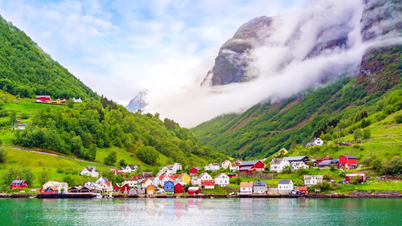
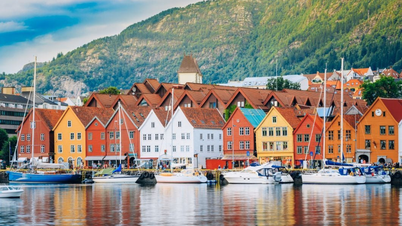
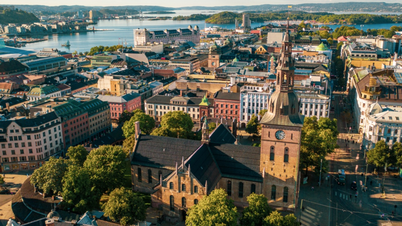
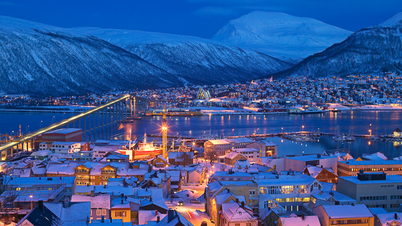
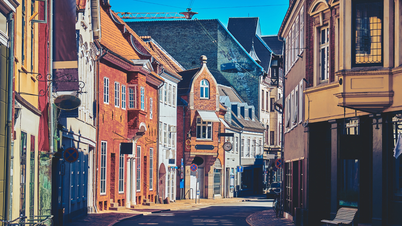
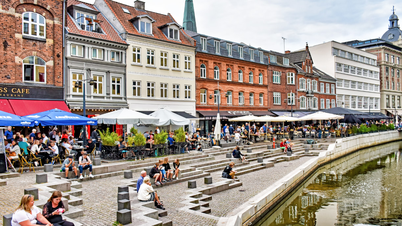











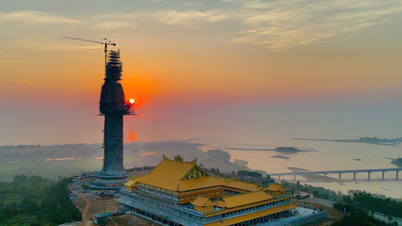


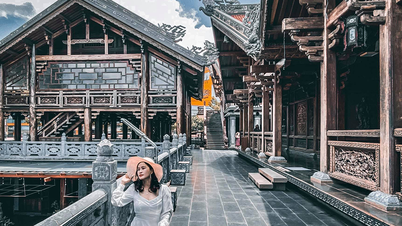
























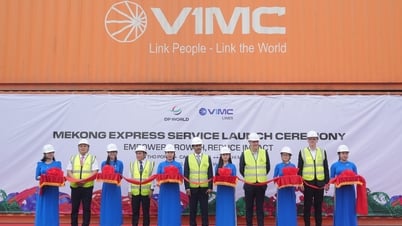


















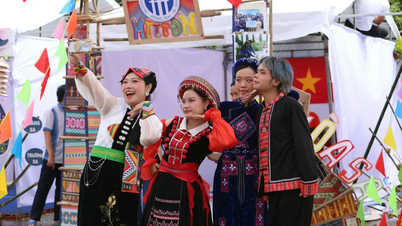

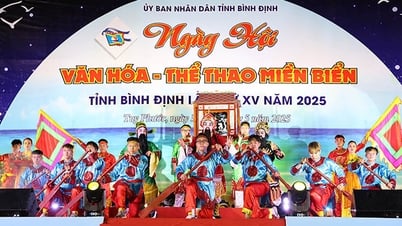














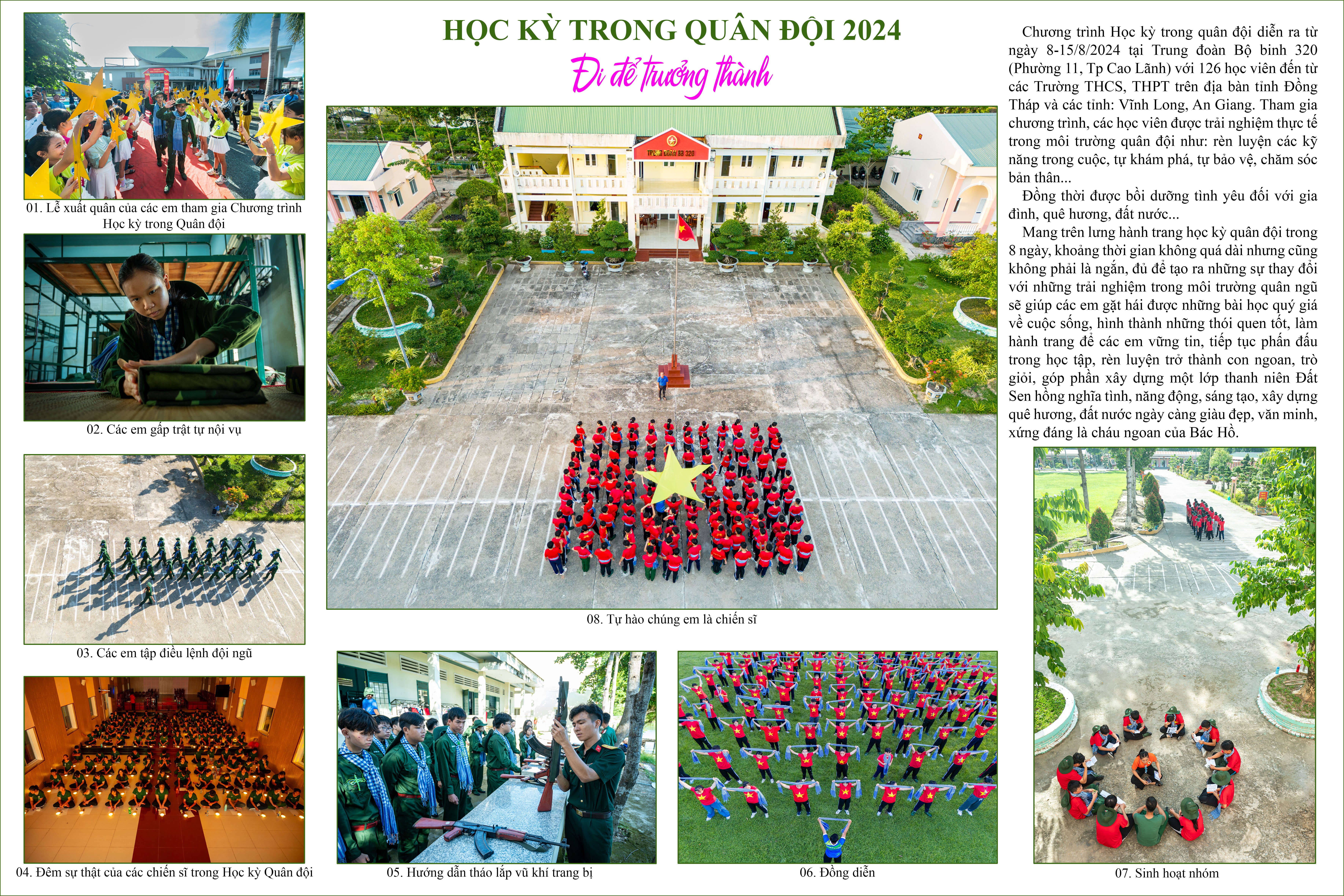



Comment (0)